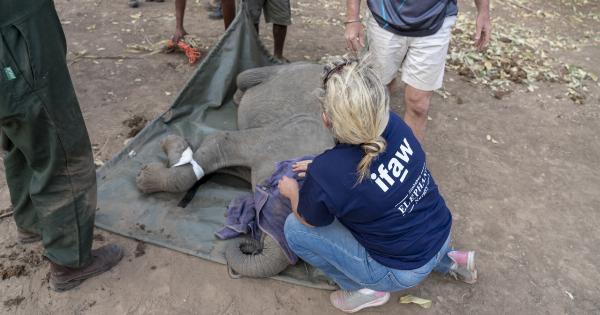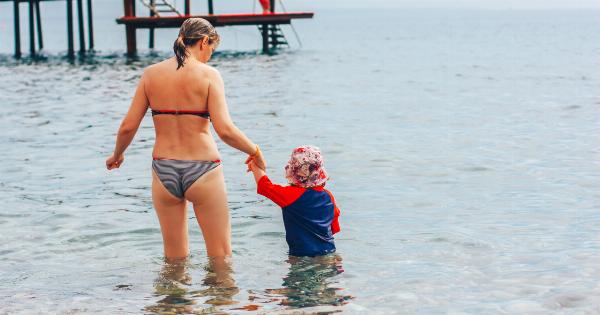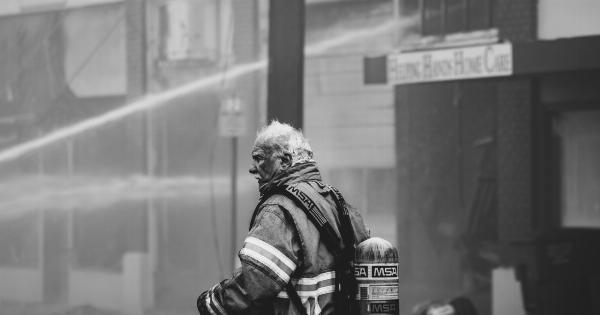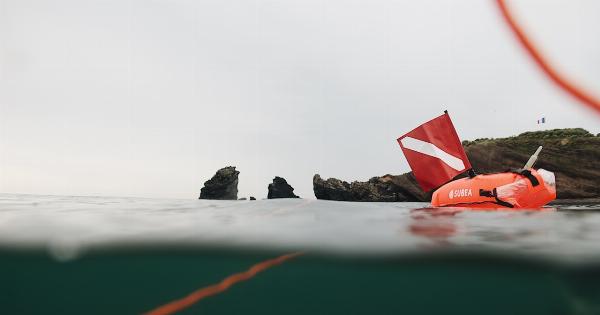While many people associate drowning with accidents that happen underwater, there is another type of drowning that poses a grave danger to people, especially children.
Known as ‘dry drowning’ or ‘secondary drowning,’ this condition can occur several hours after a person has left the water, and it can cause serious health complications, or worse, death.
What is Dry Drowning?
Dry drowning occurs when a person inhales water through their nose or mouth. Even if they do not swallow water, the water can still enter their lungs and block the flow of air, leading to serious breathing difficulties.
Additionally, the water can irritate the lungs, causing inflammation and other complications.
The symptoms of dry drowning are similar to those of regular drowning, but they may not occur immediately after the incident. In some cases, symptoms may not appear for several hours or even days later. Some of the signs to watch out for include:.
- Coughing and wheezing
- Shortness of breath
- Chest pain
- Extreme fatigue
- Changes in behaviour or mood
- Blue lips or skin
How to Prevent Dry Drowning?
The best way to prevent dry drowning is to avoid inhaling water while swimming or playing in the water. Adults and children alike should be cautious while swimming, and they should never swim without a lifeguard or responsible adult present.
Additionally, children should be taught to never drink pool water or hold their breath for extended periods while in the water. It is also essential to keep pool and hot tub areas secure to prevent unsupervised access.
What to Do if Someone is Showing Symptoms of Dry Drowning?
If someone is showing symptoms of dry drowning, it is essential to seek medical attention immediately. The longer the person goes without treatment, the greater the risk of serious complications.
Dialling emergency services or taking the person to the hospital is the best course of action. While waiting for assistance, it’s important to keep the person calm, sit them up, and continually assess their breathing.
Final Thoughts
Dry drowning is a serious condition that can have fatal outcomes. Children, in particular, are at risk, but anyone can fall victim to this type of drowning. It’s important to be aware of the symptoms and to take action as soon as they are noticed.
Additionally, being cautious and practicing safe swimming habits can help prevent dry drowning incidents. Remember, water safety is everyone’s responsibility.































